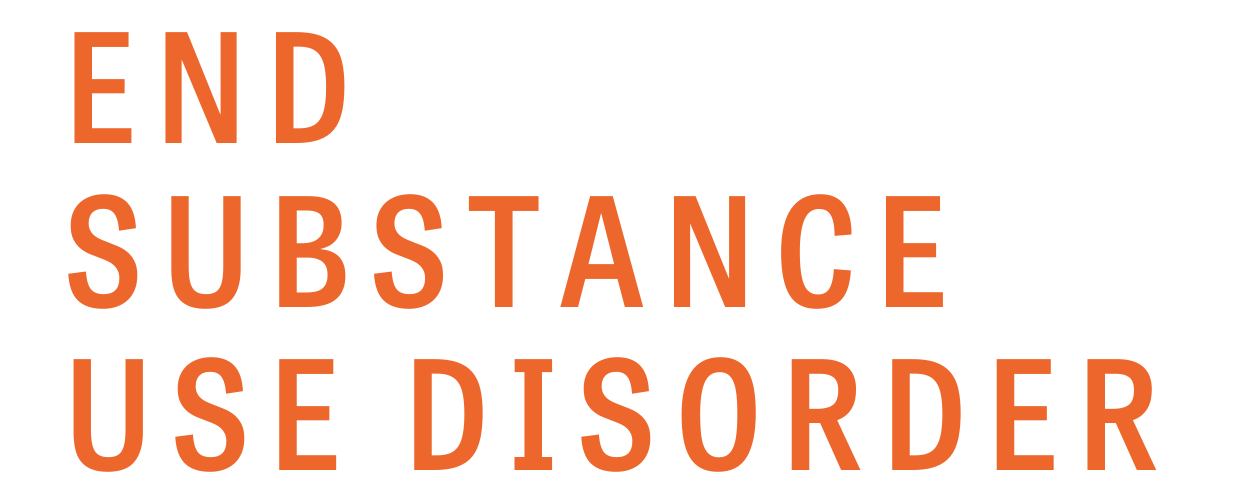Research & Policy
The Mainstreaming Addiction Treatment Act: Improving prescription adherence.
Overview
Most people who are able to receive buprenorphine from a medical provider take the medication as directed.
But due to the federal restrictions, many people who want to take buprenorphine to start their recovery face long wait times for treatment that can extend weeks or months. Many overdose and die while waiting for treatment.
Some people are therefore forced to obtain buprenorphine from friends or on the street.
Most people who use non-prescribed buprenorphine do so to manage withdrawal symptoms because they cannot otherwise access treatment. Even the small amounts of buprenorphine that are currently diverted save lives and decrease heroin and fentanyl use.
As buprenorphine treatment access has increased, misuse of the medication has decreased.
Recognizing this fact, the U.S. Drug Enforcement Administration has stated that expanding access to buprenorphine treatment will likely reduce diversion.
The Mainstreaming Addiction Treatment Act will ensure that people who need buprenorphine can access it through the healthcare system.
Problem
Most people who take buprenorphine do so as directed by their medical providers, but some people who need buprenorphine cannot access it through the healthcare system and are forced to obtain it from friends or on the street. The current federal restrictions on prescribing buprenorphine for opioid use disorder impose barriers to accessing affordable, safe treatment.While buprenorphine diversion is rare, it does occur. Buprenorphine is the third-most diverted prescription pain medication,
1
2
3
Most people who receive buprenorphine follow the instructions of their medical providers. According to HHS, three-fourths of people who take buprenorphine adhere to the prescription directions.
4
5
Why does buprenorphine diversion occur? There is a shortage of medical providers who can prescribe buprenorphine for opioid use disorder. Today 40% of counties do not have a single healthcare provider who can prescribe buprenorphine.
6
7
8
It is not surprising then that even the small amounts of buprenorphine that are currently diverted save lives and decrease heroin and fentanyl use. Most people who use non-prescribed buprenorphine do so to manage withdrawal symptoms because they cannot otherwise access treatment.
9
10
11
According to the bipartisan U.S. Commission on Combating Synthetic Opioid Trafficking use of diverted medications is less risky than the use of illegally sourced opioids.
12
For these reasons, the U.S. Surgeon General has stated, “[d]ecades of research have shown that the benefits of [medication-assisted treatment] greatly outweigh the risks associated with diversion.”
13
14
Solution
The Mainstreaming Addiction Treatment Act will ensure that people who need buprenorphine can access it through the healthcare system, not on the street. The bill will allow medical providers with a standard controlled medication license from the DEA to prescribe buprenorphine for opioid use disorder in the normal course of their medical practices.The U.S. Drug Enforcement Administration has stated that expanding access to buprenorphine treatment will reduce diversion.
